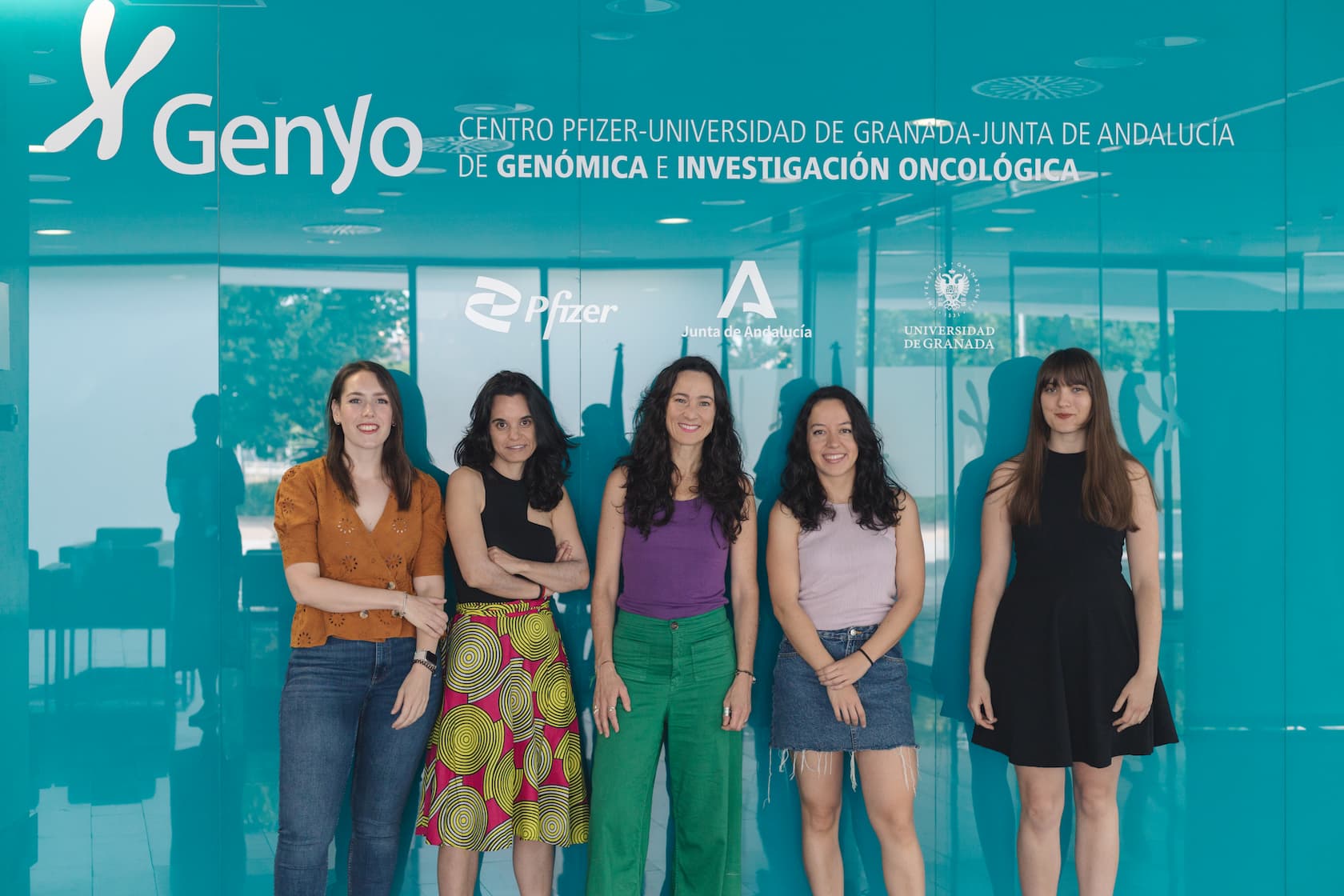No se ha encontrado investigadores para este término.
Casi la mitad del genoma humano está formado por Elementos Transponibles (TE) y, aunque la gran mayoría de ellos son incapaces de movilizarse, una proporción importante se transcribe especialmente en células madre pluripotentes y en determinadas patologías. Si bien la movilidad de los TE generalmente se considera perjudicial para el huésped, su acumulación en el genoma proporciona una fuente de material genético que se ha cooptado durante la evolución para beneficiar diversas funciones celulares, incluidas las relacionadas con la embriogénesis. En mi laboratorio pretendo analizar cuáles son las funciones de los ARN derivados de TE, especialmente los retrovirus endógenos que se transcriben durante la embriogénesis temprana en una etapa específica, y el impacto que tiene su desregulación en diferentes patologías. Las líneas de investigación son:
- Identificación de nuevas funciones de retrovirus endógenos durante el desarrollo utilizando como modelo el pez cebra.
- HESC editadas con genoma.
- Análisis de la activación de la respuesta de IFN mediada por TE en enfermedades raras y asociadas a la edad.
Budget : 199,742 euros. April 2024-march 2026.
PI: Sara R. Heras











